Common Name(s): Western red cedar, giant arborvitae
Scientific Name: Thuja plicata
Distribution: Pacific Northwest United States and Canada
Tree Size: 165–200 ft (50–60 m) tall,
7–13 ft (2–4 m) trunk diameter
Average Dried Weight:AVERAGE DRIED WEIGHT
Density is the measurement of a wood’s weight per unit volume. Here, "dried weight" specifically refers to wood at 12% moisture content, and values are given in pounds per cubic foot and kilograms per cubic meter. Also keep in mind that density commonly varies by +/- 10% from the average.
Click on the link "Average Dried Weight" for more details. 23.0 lbs/ft3 (370 kg/m3) Extremely Low WEIGHT TIERS
Extremely Low: 0+ kg/m3
Very Low: 420+ kg/m3
Low: 520+ kg/m3
Medium-Low: 620+ kg/m3
Medium: 730+ kg/m3
Medium-High: 840+ kg/m3
High: 960+ kg/m3
Very High: 1,080+ kg/m3
Extremely High: 1,200+ kg/m3
Tiers are based on CSIRO provisional strength groupings (SD1-SD8) based on density.
Janka Hardness:JANKA HARDNESS
This test measures a wood’s resistance to indentation, and is the pounds of force (or Newtons) required to embed a .444" (11.28 mm) diameter steel ball halfway into the wood. Values are for side grain, measured at 12% MC.
Click on the link "Janka Hardness" for more details. 350 lbf (1,560 N) Extremely Low JANKA HARDNESS TIERS
Extremely Low: 0+ N
Very Low: 2,050+ N
Low: 3,150+ N
Medium-Low: 4,480+ N
Medium: 6,280+ N
Medium-High: 8,380+ N
High: 11,080+ N
Very High: 14,000+ N
Extremely High: 17,450+ N
Tiers are derived from CSIRO provisional strength classifications (SD1-SD8) in conjunction with the USDA's estimated hardness based on density.
Modulus of Rupture:MODULUS OF RUPTURE
Sometimes called bending strength, this test measures a wood’s strength before breaking (i.e., rupturing). Values are given in pounds of force per square inch and megapascals, measured at 12% MC.
Click on the link "Modulus of Rupture" for more details. 7,500 lbf/in2 (51.7 MPa) Very Low MOR TIERS
Extremely Low: 0+ MPa
Very Low: 45+ MPa
Low: 55+ MPa
Medium-Low: 65+ MPa
Medium: 78+ MPa
Medium-High: 94+ MPa
High: 110+ MPa
Very High: 130+ MPa
Extremely High: 150+ MPa
Tiers are based on CSIRO strength classifications (SD1-SD8).
Elastic Modulus:MODULUS OF ELASTICITY
This test measures the wood’s level of deformation when under a given load. Higher values indicate less deformation (i.e., stiffer). Values are given in pounds of force per square inch and gigapascals, measured at 12% MC.
Click on the link "Elastic Modulus" for more details. 1,110,000 lbf/in2 (7.66 GPa) Extremely Low MOE TIERS
Extremely Low: 0+ GPa
Very Low: 7.9+ GPa
Low: 9.1+ GPa
Medium-Low: 10.5+ GPa
Medium: 12.5+ GPa
Medium-High: 14.0+ GPa
High: 16.0+ GPa
Very High: 18.5+ GPa
Extremely High: 21.5+ GPa
Tiers are based on CSIRO strength classifications (SD1-SD8).
Crushing Strength:CRUSHING STRENGTH
Also called compression strength, this test measures the maximum stress sustained before failure. Force is applied parallel to the grain (producing stress akin to chair legs). Values are given in pounds of force per square inch and megapascals, measured at 12% MC.
Click on the link "Crushing Strength" for more details. 4,560 lbf/in2 (31.4 MPa) Very Low CRUSHING STRENGTH TIERS
Extremely Low: 0+ MPa
Very Low: 30+ MPa
Low: 36+ MPa
Medium-Low: 41+ MPa
Medium: 47+ MPa
Medium-High: 54+ MPa
High: 61+ MPa
Very High: 70+ MPa
Extremely High: 80+ MPa
Tiers are based on CSIRO strength classifications (SD1-SD8).
Shrinkage:SHRINKAGE
These values represent the percentage change in radial and tangential faces of the wood—as well as the total (volumetric) shrinkage—as the moisture content goes from green (maximum) down to oven-dry (minimum), approximating the wood's stability with changes in humidity. T/R ratio helps to estimate the uniformity of the shrinkage across different wood faces.
Click on the link "Shrinkage" for more details. Radial: 2.4%, Tangential: 5.0% Low SHRINKAGE TIERS
Very Low: 0%+
Low: 3.6%+
Medium: 5.1%+
High: 6.6%+
Very High: 8.1%+
Tiers are based on tangential shrinkage (green to oven-dry) from CSIRO shrinkage classifications (1-5).
Volumetric: 6.8%, T/R Ratio: 2.1
Color/Appearance: Heartwood reddish to pinkish brown, often with random streaks and bands of darker red/brown areas. Narrow sapwood is pale yellowish white, and isn’t always sharply demarcated from the heartwood.
Grain/Texture: Straight grain with a coarse texture and moderate natural luster.
Rot Resistance: Western red cedar has been rated as durable to very durable in regard to decay resistance, though it has a mixed resistance to insect attack.
Workability: Easy to work with both hand or machine tools, though it dents and scratches very easily due to its softness, and can sand unevenly due to the difference in density between the earlywood and latewood zones. Glues and finishes well. Iron-based fasteners can stain and discolor the wood, especially in the presence of moisture (see pic below).
Odor: Western red cedar has a strong, lingering, aromatic scent when being worked.
Allergies/Toxicity: Western red cedar wood and sawdust has been shown to contain a veritable cocktail of chemical compounds,[1]Daniels, C. R., & Russell, J. H. (2007). Analysis of western redcedar (Thuja plicata Donn) heartwood components by HPLC as a possible screening tool for trees with enhanced natural … Continue reading including plicatic acid, (named from the Latin specific name of this wood). These compounds help explain the elevated rate and severity of allergic incidence in relation to other commercial woods,[2]Bleumink, E., Mitchell, J. C., & Nater, J. P. (1973). Allergic contact dermatitis from cedar wood (Thuja plicata). British Journal of Dermatology, 88(5), 499-504.[3]Frew, A., Chan, H., Dryden, P., Salari, H., Lam, S., & Chan-Yeung, M. (1993). Immunologic studies of the mechanisms of occupational asthma caused by western red cedar. Journal of allergy and … Continue reading particularly in causes of occupational asthma.[4]Gandevia, B., & Milne, J. (1970). Occupational asthma and rhinitis due to Western red cedar (Thuja plicata), with special reference to bronchial reactivity. Occupational and Environmental … Continue reading See the articles Wood Allergies and Toxicity and Wood Dust Safety for more information.
Pricing/Availability: Should be moderately inexpensive for construction-grade lumber, though higher grades of clear, straight-grained, quartersawn lumber can be more expensive.
Sustainability: This wood species is not listed in the CITES Appendices, and is reported by the IUCN as being a species of least concern.
Common Uses: Shingles, exterior siding and lumber, boatbuilding, boxes, crates, and musical instruments.
Comments: Sometimes called giant arborvitae—in comparison to the smaller eastern arborvitae (Thuja occidentalis)—these massive trees have large commercial importance. The wood is used in a number of applications, ranging from rough-sawn lumber for use in home construction to clear quartersawn material for classical guitar soundboards.
Images: Drag the slider up/down to toggle between raw and finished wood.
Identification: See the article on Softwood Anatomy for definitions of end grain features.
Earlywood to Latewood Transition:EARLYWOOD TO LATEWOOD TRANSITION
Tracheids tend to grow faster and larger in diameter during the beginning of an annual growth season (the earlywood), with growth slowing almost to a halt by the end of the season (the latewood). The transition between these two zones varies between species, but also based on growing conditions, and can be range from very gradual to abrupt.
Click on the link “Earlywood to Latewood Transition” for more details. usually abrupt (or gradual if growth rings are more widely-spaced)
Lookalikes/Substitutes: Juniperus virginiana is another North American softwood that goes by the common name of red cedar (usually eastern red cedar or aromatic red cedar). However, J. virginiana has a much more purplish-red heartwood color and a much finer texture. (See the article Cedar Confusion! for more information.) On a practical level, the wood that has the closest weight, appearance, and similar geographic/commercial distribution is coast redwood (Sequoia sempervirens). However, coast redwood tends to have darker heartwood (on average), and also lacks the characteristic scent of western red cedar.
Notes: Although northern white cedar (Thuja occidentalis) is the most closely related North American species, the two are usually quite easy to tell apart—as the common names imply, one species (T. plicata) has reddish-brown heartwood while the other (T. occidentalis) is pale brown to nearly white.
(Species)
(Authority)
Related Content:
References[+]
| ↑1 | Daniels, C. R., & Russell, J. H. (2007). Analysis of western redcedar (Thuja plicata Donn) heartwood components by HPLC as a possible screening tool for trees with enhanced natural durability. Journal of chromatographic science, 45(5), 281-285. |
|---|---|
| ↑2 | Bleumink, E., Mitchell, J. C., & Nater, J. P. (1973). Allergic contact dermatitis from cedar wood (Thuja plicata). British Journal of Dermatology, 88(5), 499-504. |
| ↑3 | Frew, A., Chan, H., Dryden, P., Salari, H., Lam, S., & Chan-Yeung, M. (1993). Immunologic studies of the mechanisms of occupational asthma caused by western red cedar. Journal of allergy and clinical immunology, 92(3), 466-478. |
| ↑4 | Gandevia, B., & Milne, J. (1970). Occupational asthma and rhinitis due to Western red cedar (Thuja plicata), with special reference to bronchial reactivity. Occupational and Environmental Medicine, 27(3), 235-244. |

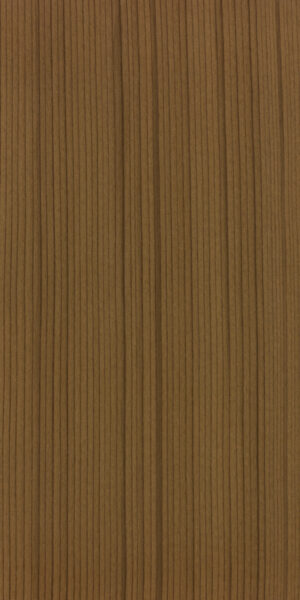
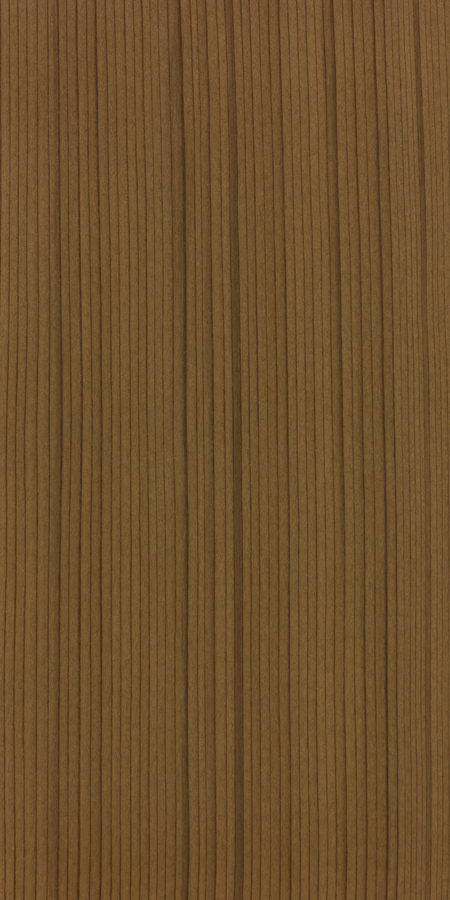
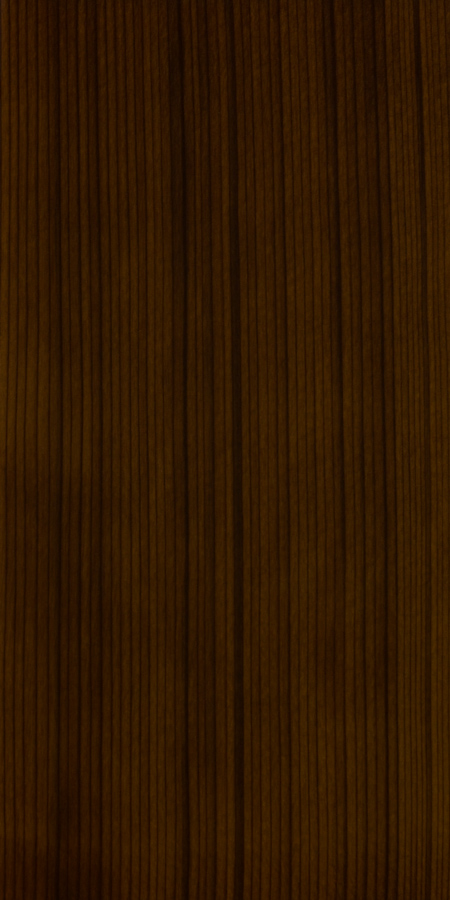

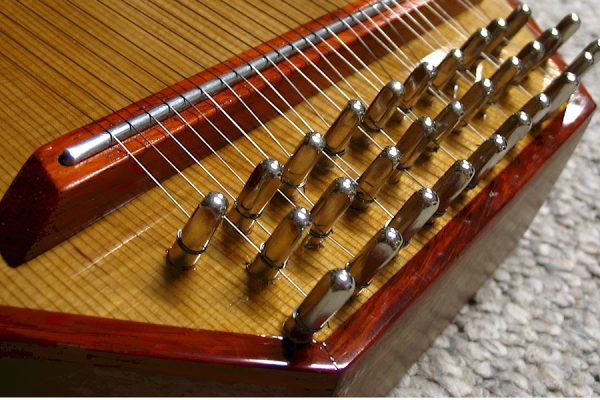
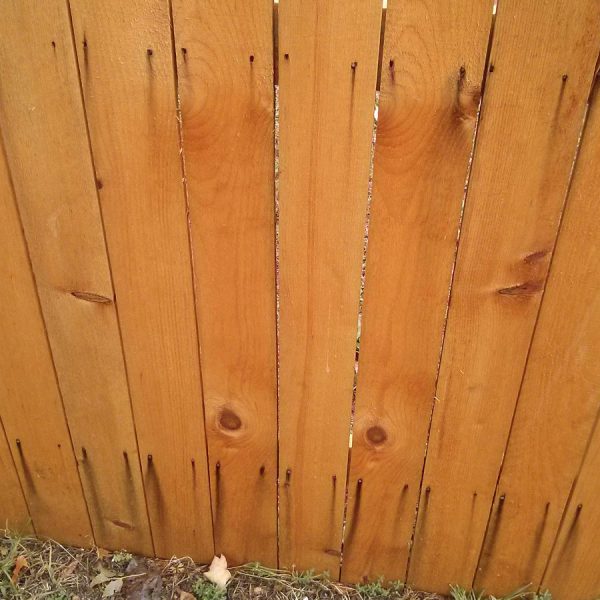
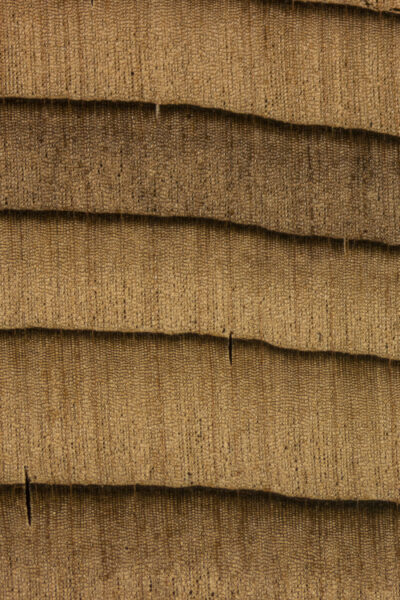

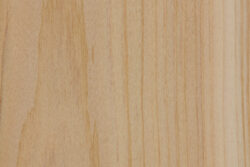
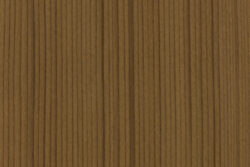
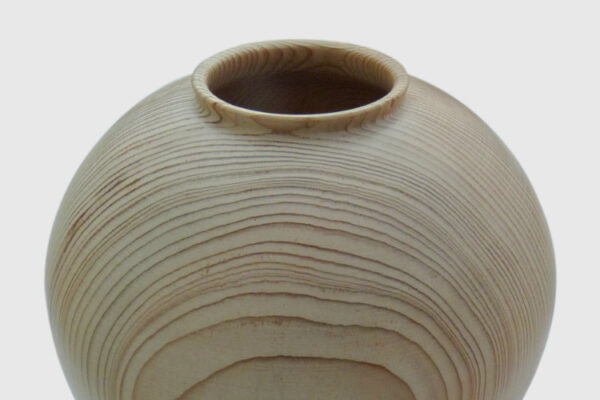
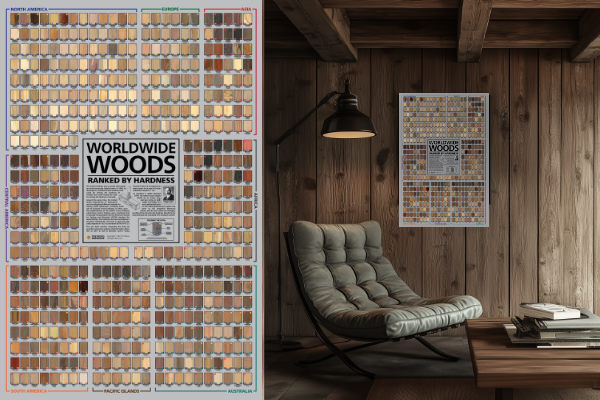
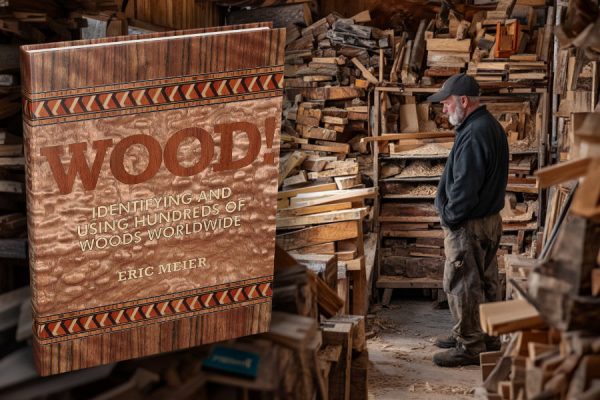
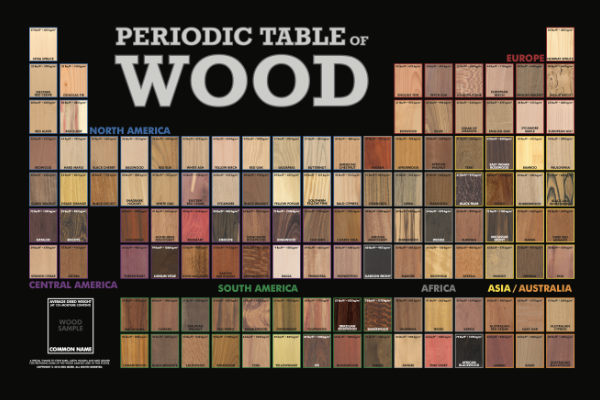
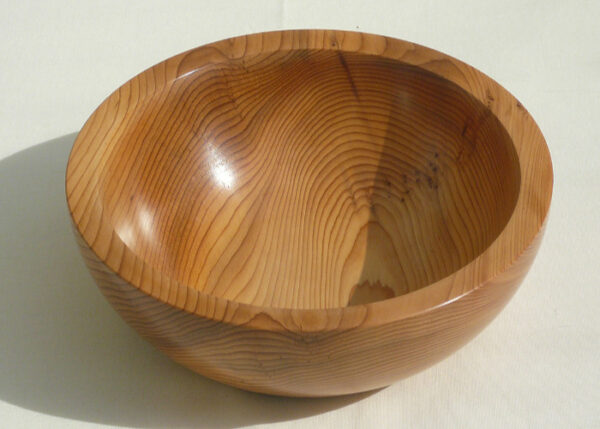
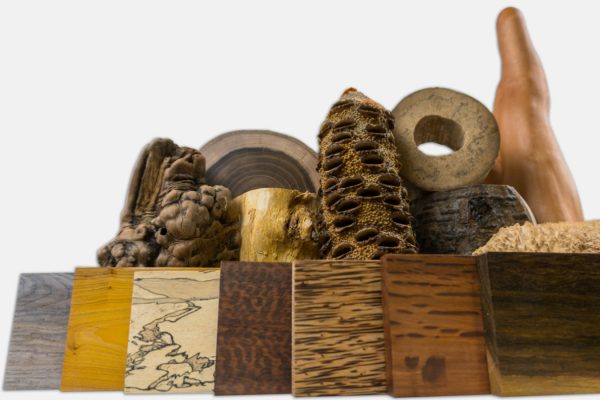
My friend gave me an offcut of some mystery wood he said he found at a fancy wood shop, after carving it down and working with it, I came to the conclusion to it must be western red cedar. However the odor was significantly less then i would have expected, it is a very soft and easy wood to practise power carving on.
What is the best finish for western red? Oils, polyurethanes? Or furniture waxes? Or a mixture of them all?
Cheers!
Sam. W.
Hello there! I wanted to understand the acoustical properties of western red cedar. And how does that calculation happen?
Someone recently gave me a billet of WRC from a City of Orlando power pole. Apparently they installed a bunch 80 years ago. I got 4 guitar tops and some smaller bits out of it. Here’s a baritone uke topped wit some of the ‘scrap’. The closeup does the wood more justice. It is very resonant. Can’t wait to use this stuff on a classical guitar
A turned bowl from western red cedar
Is that all sapwood?
Yes, just under tihe bark.
How do compare it’s ability to bend to other woods? Is that elastic modules? if so how does that work?
this wood is very underated how did it make ten on the list im very disappointed
Does anyone know if “Juniper” is the same as western red cedar? I have client looking for juniper siding,
Thanks
“Juniper” was a name the locals used for Atlantic White Cedar when I lived on the NC coast, but that was decades ago. Used often for small commercial fishing skiffs. It’s physical properties very similar to RWC, but cosmetically very different – a totally white wood.
I fished Currituck Sound long ago with my dad and guide Johnny Owens. Johnny’s boat was juniper, locally built.
Inland Red Cedar is the same wood species as Wester Red Cedar, but because of the different growing conditions in the inland mountains of Idaho and Montana, Inland Red Cedar trees show differences in the wood grain, wood coloration, and smaller tree height.
Do these differences in appearance have an affect on the MOR, MOE, compression, shrinkage and dried weight?
I’m sure the growing conditions would definitely have an effect on the strength properties of the wood. Another comparable example is Douglas fir. The values have vary quite a bit depending on where it was grown. Basically, the slower it grows, the stronger it will be (at least for most softwoods).
Does western red cedar share the same properties for strength, bending, crushing and janka hardness as inland red cedar(which is the same species)? Because of the growing conditions, higher altitudes, drier climate, and less iron in the soil, Inland Red Cedar trees typically don’t grow as large, have a tighter grain, and are usually blonder in color.
If the properties are different does anyone know where I could find those stats?
Thanks in advance.
As a shingle sawyer who has sawed cedar both on the coast and inland i personally doubt there’s any difference in the wood from these different locals.Much inland wood tends to have more rot in the center leading to a significantly narrower shell on the log , but I haven’t seen that reflecting on the wood qualities at all ( other than a lot more narrow edge grain shingles in the interior).
I am looking to build a log home with either western red cedar or eastern white pine in western massachusetts and am looking to choose the better for minimal rot and insect repellant. (I plan on building in some woods and near water) Any thoughts between the two? Very new to building so thanks in advance for any help.
Western Red Cedar will definitely give you better rot resistance. Probably not as strong as the pine, but definitely better at standing up to the elements.
White pine will last a very long time if properly cared for. If you don’t care to keep up with the maintenance than red cedar may be a good choice. I believe red cedar will cost more than twice as much in Western Mass for a log home. Trucking from the west coast, and the general higher cost of cedar vs. pine will put a dent in your wallet. There are lots of log home manufacturers around New England. Certainly do some research before spending the big bucks out west.
Western Red Cedar will hold up the best. The only problem is that the cost of the cedar plus shipping could kill you. Have you taken a look a Northern White Cedar?
My business partners were looking for Hyatt Credit Card Authorization Form earlier this week and came across an excellent service with lots of sample forms . If you want Hyatt Credit Card Authorization Form too , here’s
https://goo.gl/nKKhaXI’d like to build a gymnastics bar for at-home practise. Would a 1.6′-diameter dowel of this cedar be able to sustain a swinging and pulling weight of 155lb? (odd question, but I’d love to know!). I’m searching for suitable wood alternatives to metal, if I can.
You want hardwood. I would suggest ash, or hickory.
Correction: I doubt very much that WRC has an Elastic Modulus of 1,100,000 as presently stated.
https://www.cclumber.com/western_red_cedar
Whoever is maintaining this database, please correct the information with respect to this wood’s susceptibility to insect damage. As a matter of fact, this species is naturally repellent to insects due to its strong odour and, therefore, has a strong resistance to insect infestation.
The USDA documentation states that Western Red Cedar “is not immune to attack by termites and furniture beetles” and cites the work of “Henderson, F.Y. 1977. A handbook of softwoods. London, UK: Her Majesty’s Stationery Office.”
I think that just because a wood has a strong odor does not necessarily mean that it’s universally repellant to all insects.
I admit that my impression is based on the information that is available through the websites of commercial entities and their angle is easy to understand but it does seem to get this reputation of an insect-resistant species as a result of being compared to other species. Oh, well, I just thought that the wording used in the description did not communicate this relative resistance which prompted my original comment.
I work with Western Red Cedar every day as a fence installer In Michigan off all the tear out and replace jobs I have only seen signs of insects in one fence that was 27 years old, because it was never taken care of. They let soil build up around the panels. I have also seen 50 year old fences that have only had the post replaced.